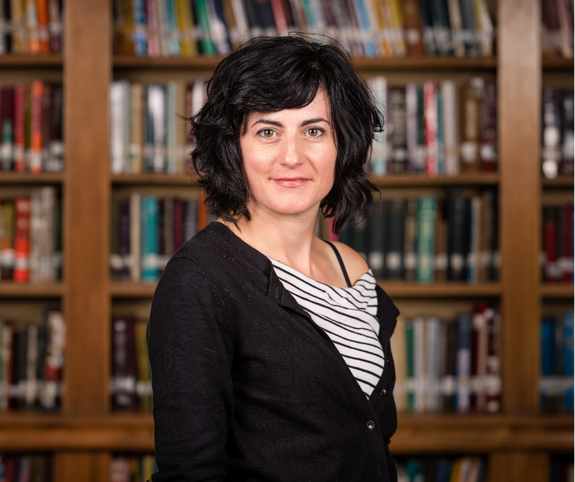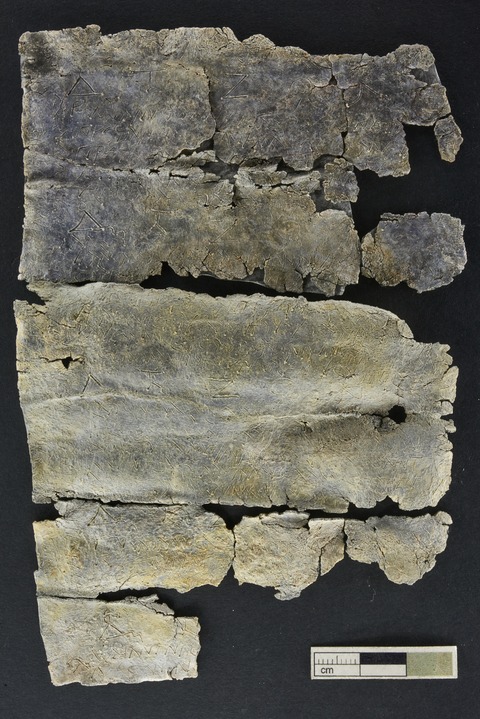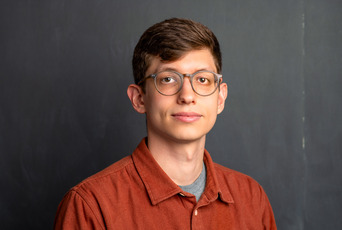Demystifying Ancient Magical Practices: Q&A with Celia Sánchez Natalías

Celia Sánchez Natalías, William D. Loughlin Member in the School of Historical Studies, comes to the Institute from the Universidad of Zaragoza, Spain. Her research deals with ancient Mediterranean magical practices, with a specific focus on lead curse tablets, or defixiones, from the Roman period. These texts constituted an unsanctioned technology that allowed individuals to confront a slew of personal problems and crises, such as unrequited love, pending legal prosecutions, and even sabotaging opposing sports teams in chariot races. They offer us a unique window onto the magico-religious beliefs of the ancients and their everyday concerns.

What is your elevator pitch for describing your research?
A lot of my recent work has been focused on the careful re-examination, documenting, and editing of the defixiones from North Africa, many of which have not been examined in detail in over a century. When I started working on these texts, I was shocked by the scant and sometimes shoddy nature of the existing scholarship. I quickly realized just how much work had to be done if scholars were to fully understand and appreciate these artifacts. This has meant spending many hours hunched over the tablets in French and Tunisian museums, deciphering Greek and Latin texts whose letters can be, at times, just 1 mm in height. Over the last few years, I have particularly relished documenting and reproducing the iconography found on these texts, much of which had never been published or studied before.
Have any IAS scholars, past or present, influenced or impacted your research?
In the fields of ancient history, religions, and epigraphy, it would be hard not to have been deeply influenced and inspired by different scholars who have passed through the Institute. Two names that immediately come to my mind are Angelos Chaniotis, Professor in the School of Historical Studies, and Sofía Torallas Tovar, Distinguished Visiting Professor in the School, because of whose work I wanted to come to IAS as a Member. But looking further back, I have been especially inspired by Friends of the Institute for Advanced Study Member Rebecca Benefiel (2022–23), Member Christopher Faraone (2008, 2021), Member (2012) and Visitor (2014) Francisco Pina Polo, Member Jan Bremmer (2000), Member Hendrik S. Versnel (1994), and Member Géza Alföldy (1972–73).

This year the Institute is welcoming scholars from approximately 35 countries. What is one hometown tradition that you are bringing with you to the Institute?
This is a great question. I am a firm believer in the 15-minute nap after lunch. I hope that all IAS scholars will give it a try and become initiated in its benefits (though copious amounts of coffee can also do the trick).
Do you have any items on your bucket-list to complete while you are in Princeton?
I have always wanted to see the beautiful fall colors of the Northeast and cannot think of a better place to check this off my list than in the Institute Woods.
Within your field, is there a term that most people will recognize, but may not understand its technical definition?
When epigraphers study inscriptions in situ, we call it an ‘autopsy’. My work requires me to conduct a lot of autopsies, though if I am not careful, people might get the wrong idea…

Do you have a favorite mantra or motto? If so, what is it?
As the mother of twin three-year-old boys, I have a new mantra, which I think could make a great T-shirt: “Monday is the new Friday”. When I became a mother, I realized that Monday morning—when the kids are at school—is the time when I am able to go back to work and, in a sense, feel rested and focused. But please do not misunderstand me: they are the best thing I have, and I would not change them for anything in the world (and yet…)
What was your dream job as a child?
I always wanted to be an archaeologist (and this was even before having seen Indiana Jones).
What changes or evolutions occurring within your field do you find most exciting?
For me, one of the most amazing advances is the ability to virtually unroll and decipher the burnt papyri from Herculaneum. This has allowed a team of scholars to read these texts without touching (and hence risk damaging) them. Hopefully technology keeps developing so it is possible to do the same thing with the many lead tablets that are still rolled, folded, or just badly corroded and still need to be deciphered—though hopefully my job cannot be replaced by an AI!

What motivates you to overcome challenges in your work?
My first thought would be an insuppressible curiosity. But it is not only that: I am quite stubborn, and this keeps me intent on solving a problem. Luckily, I am also humble (or shameless?) enough to ask colleagues for their opinion if I am really spinning my wheels in the mud.


